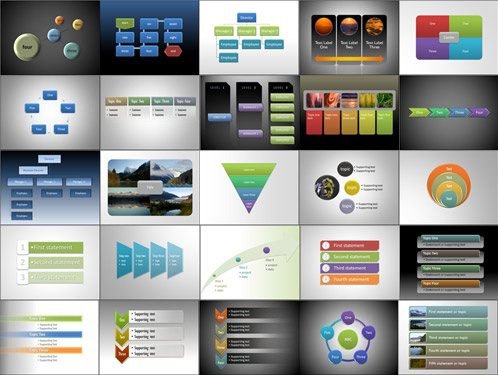

The Free Software Definition written by Richard Stallman and published by Free Software Foundation (FSF), defines free software as being software that ensures that the end users have freedom in using, studying, sharing and modifying that software. The term 'free' is used in the sense of 'free speech,' not of 'free of charge.'[1] The earliest-known publication of the definition was in the February 1986 edition[2] of the now-discontinued GNU's Bulletin publication of FSF. The canonical source for the document is in the philosophy section of the GNU Project website. As of April 2008, it is published there in 39 languages.[3] FSF publishes a list of licences which meet this definition.
Jul 02, 2020 Free, secure and fast downloads from the largest Open Source applications and software directory - SourceForge.net. YouTube Software. Edit Videos for YouTube. Convert YouTube Videos. Capture YouTube Videos.
https://cooloup696.weebly.com/caesar-free-slots.html. Apple video production software. The definition published by FSF in February 1986 had two points:[2]
The word 'free' in our name does not refer to price; it refers to freedom. First, the freedom to copy a program and redistribute it to your neighbors, so that they can use it as well as you. Second, the freedom to change a program, so that you can control it instead of it controlling you; for this, the source code must be made available to you.
In 1996, when the gnu.org website was launched, 'free software' was defined referring to 'three levels of freedom' by adding an explicit mention of the freedom to study the software (which could be read in the two-point definition as being part of the freedom to change the program).[4][5] Stallman later avoided the word 'levels', saying that all of the freedoms are needed, so it is misleading to think in terms of levels.
Finally, another freedom was added, to explicitly say that users should be able to run the program. The existing freedoms were already numbered one to three, but this freedom should come before the others, so it was added as 'freedom zero'.[6][7]
The modern definition defines free software by whether or not the recipient has the following four freedoms:[8]
Freedoms 1 and 3 require source code to be available because studying and modifying software without its source code is highly impractical.

In July 1997, Bruce Perens published the Debian Free Software Guidelines.[9] A definition based on the DFSG was also used by the Open Source Initiative (OSI) under the name 'The Open Source Definition'.
Despite the philosophical differences between the free-software movement and the open-source-software movement, the official definitions of free software by the FSF and of open-source software by the OSI basically refer to the same software licences, with a few minor exceptions. While stressing the philosophical differences, the Free Software Foundation comments:
The term 'open source' software is used by some people to mean more or less the same category as free software. It is not exactly the same class of software: they accept some licences that we consider too restrictive, and there are free software licences they have not accepted. However, the differences in extension of the category are small: nearly all free software is open source, and nearly all open source software is free.
The reason they are numbered 0, 1, 2 and 3 is historical. Around 1990 there were three freedoms, numbered 1, 2 and 3. Then we realized that the freedom to run the program needed to be mentioned explicitly. It was clearly more basic than the other three, so it properly should precede them. Rather than renumber the others, we made it freedom 0.
I [Matt Mullenweg] originally thought Stallman started counting with zero instead of one because he's a geek. He is, but that wasn't the reason. Freedoms one, two, and three came first, but later he wanted to add something to supersede all of them. So: freedom zero. The geekness is a happy accident.
| 'Because open source software features open code, more programmers are able to view the code, create new functionality, and fix bugs. This follows the same natural way that science has developed over time.' – Taoism of Open Source; Chen Nan Yang; September 29, 2007. |
Download software edit video.
Free Open Source Software (FOSS), sometimes also called just Open Source or Free Software, is software that is licensed to be free to use, modify, and distribute. Best time to play slot machines at casino. Most FOSS licenses also include a kind of legal Golden Rule that requires any changes, such as fixes and enhancements, to be released under the same license. This creates the all important trust in developers and users that generates large, sustainable communities that continue to grow the software capability over time [1]. Yahoo fantasy not updating points.
FOSS has been getting steadily better for several decades now. It provides more capability, security, and sustainability than commercial software at much less cost, it runs much of the Internet, and is increasingly the first software option for individuals and organizations alike. More information can be found in the following sections. (Please sign up for an account and add more info!)
Software | Collections |
|
Other info can be found at the following pages.
Play criss cross. Commercial Open Source Software (COSS) can contain Free Open Source Software components, however limits availability of key functionality to closed proprietary software, and therefore is discussed only on the COSS page.
